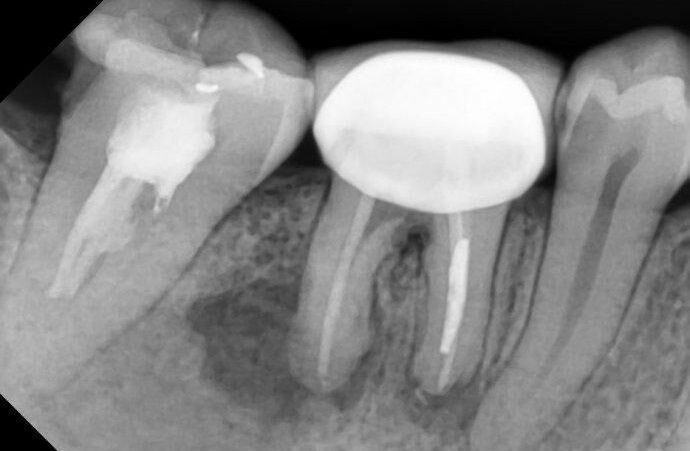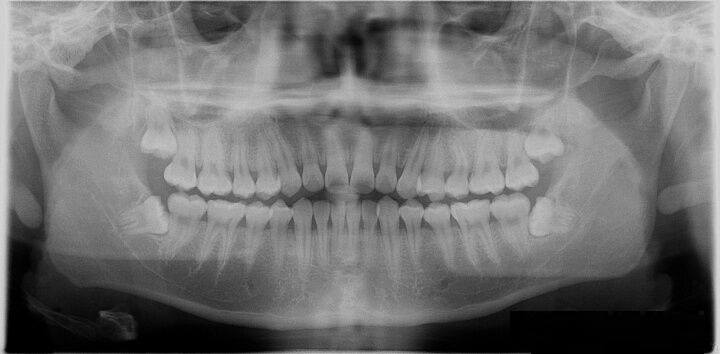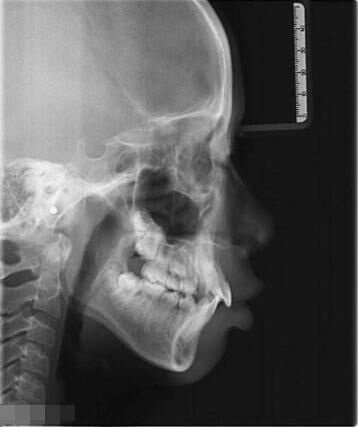We often hear the doctor say when we go to the dentist: Let’s take a dental film, and then when we straighten it, he will say that we need other different types of dental films! In fact, there are also different types of dental films, and different types of dental films are taken in different situations!
Different dental radiographs for different situations
1. The most commonly used apical film (small tooth film) when tooth decay or tooth inflammation occurs.
The small tooth film belongs to the situation of one-to-one restoration of the relative positions of the teeth, gums, alveolar bones, etc. in the oral cavity, and only 1-3 teeth can be photographed at a time. It is the most basic dental film for daily judgment of the local condition of the teeth, and the cost is relatively low.
Clinically, it is mainly used to determine the degree of individual tooth decay (dental caries, commonly known as tooth decay), the extent of inflammation, the condition of the bone around the tooth, the condition of the adjacent teeth, and so on.
2. Curved slices are most commonly used for oral examinations, dental implants or preoperative examinations for orthodontics.
The curved tomography can show the teeth in the entire oral cavity and the anatomical structure of the jawbone around the oral cavity. Because it is an integral dental film, some local details are prone to distortion.
Clinically, it is mainly used for the inspection of full-mouth teeth and jaws. Compared with the caries inspection of small dental slices, the curved tomography is more suitable for inspecting the growth of wisdom teeth, preoperative inspection of implants and orthodontics, etc.
3. The most commonly used for orthodontic treatment is the lateral cephalogram.
The lateral orientation can show the position of the dental bone, and the machine that usually takes the curved tomogram can also take the lateral view of the skull.
Orthodontics is the most widely used clinically, such as data analysis before orthodontics (orthodontics), formulation of orthodontic plans, etc. Lateral cephalogram is an important reference.
4. Dental CT films are most commonly used for 3D diagnosis or simulated surgery.
Compared with other dental films, dental CT films are more advanced in terms of function and equipment, because they reflect tissue conditions from a three-dimensional perspective, and it can be found that the projection angle of oral X-ray films cannot be found. Some more subtle lesions; can accurately evaluate bone tissue, mandibular joints, etc., assist doctors in preoperative plan design, and postoperative scientific evaluation.
Post time: Jul-25-2022



